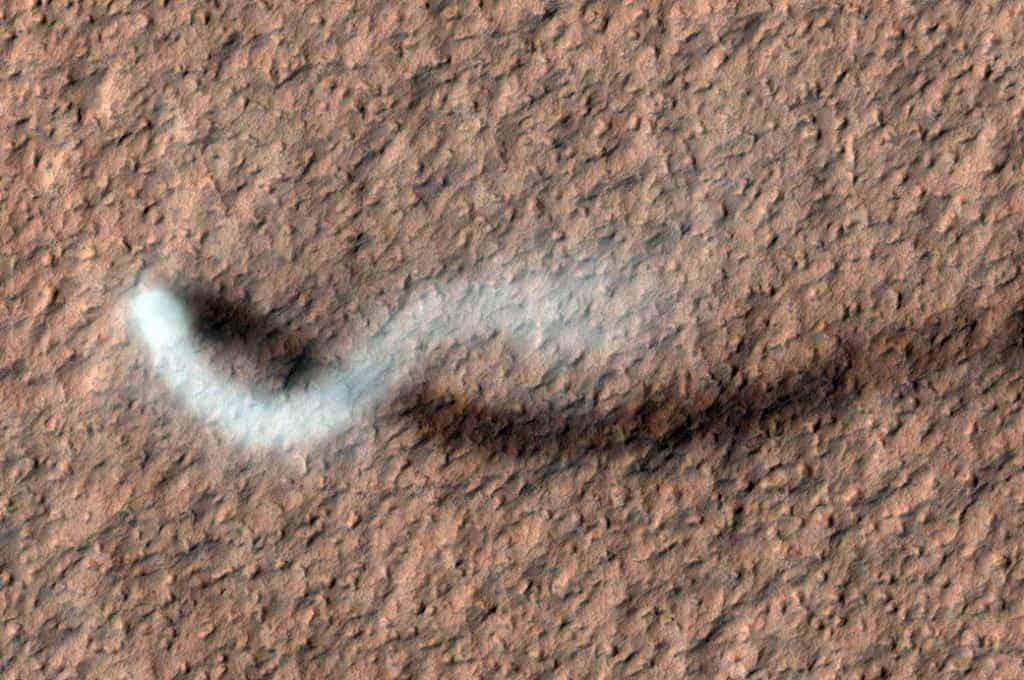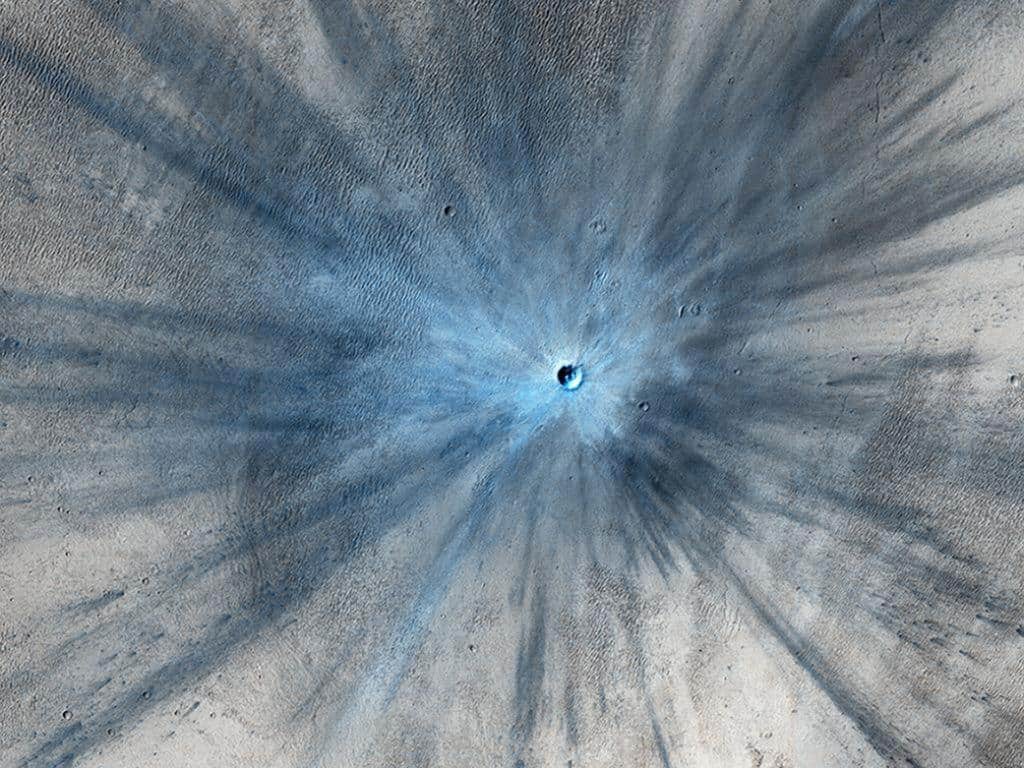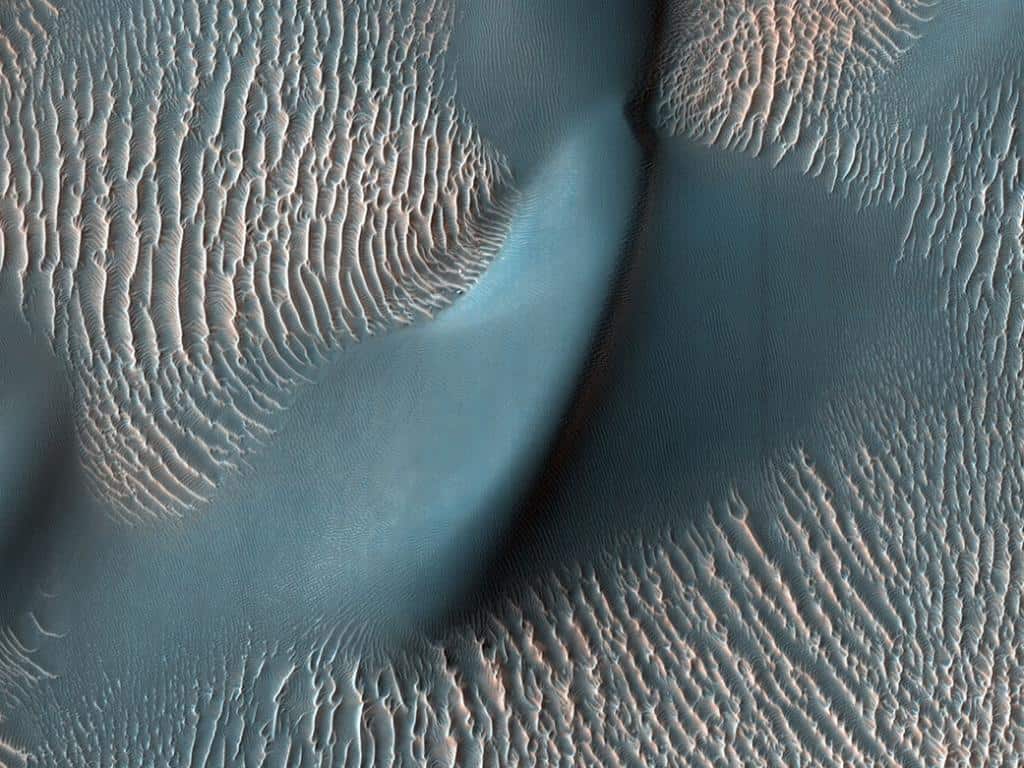Marking its 15th-anniversary on 12th August since launch, one of the oldest spacecraft at the Red Planet has provided glimpses of dust devils, avalanches, and more.
Since leaving Earth 15 years ago, NASA’s Mars Reconnaissance Orbiter has reshaped understanding of the Red Planet. The veteran spacecraft studies temperatures in Mars’ thin atmosphere, peers underground with radar, and detects minerals on the planet’s surface. But perhaps what it’s become best known for are stunning images.
Among its instruments, MRO carries three cameras: The Mars Color Imager (MARCI) has a fisheye lens that produces a daily global view. The Context Camera (CTX) provides 19-mile-wide (30-kilometer-wide) black-and-white terrain shots. Those images, in turn, offer context for the tightly focused images provided by MRO’s third camera, the High-Resolution Imaging Science Experiment (HiRISE), which produces the most striking views.
Able to zoom in on surface features at the highest resolution, the detailed, color images from HiRISE have captured dramatic scenes of nature: tumbling avalanches, skyscraping dust devils, and other features of a changing landscape. The camera has also provided images of other NASA spacecraft at Mars, like the Curiosity and Opportunity rovers. MRO has even flipped itself around to point HiRISE out at Earth and Phobos, one of Mars’ two moons.
As of early August, HiRISE alone had taken 6,882,204 images, generating 194 terabytes of data sent from Mars since 2006. The following images are just a glimpse of the amazing work performed by all three cameras aboard MRO, which is managed by NASA’s Jet Propulsion Laboratory in Southern California.
Here are the Pictures








